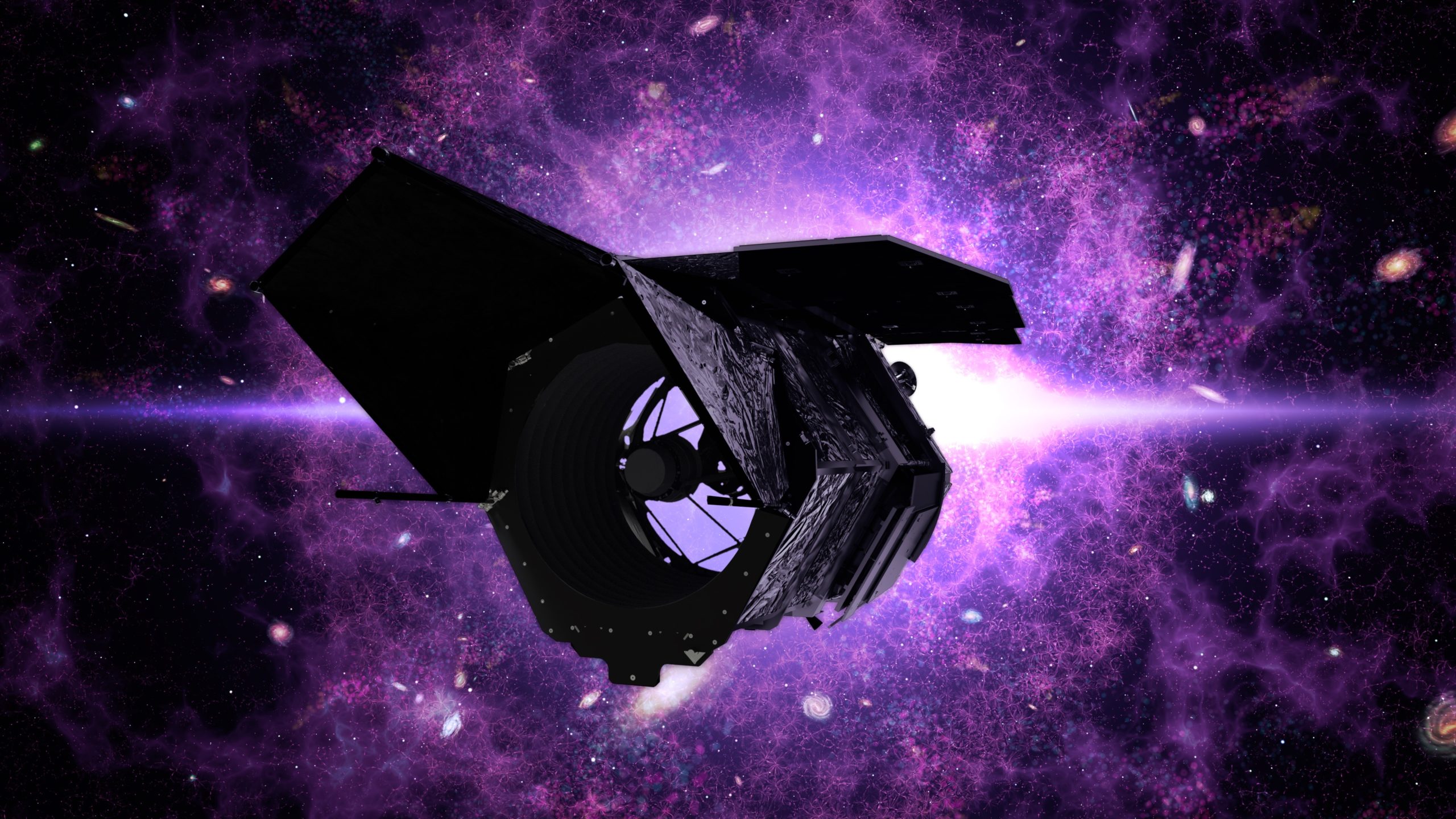
NASA’s upcoming next-generation space telescope, the Wide Field Infrared Survey Telescope (WFIRST), now has a brand new name: the Nancy Grace Roman Space Telescope (or just the Roman Space Telescope for short). It is named in honor of Nancy Grace Roman, NASA’s first chief astronomer.
Roman was considered to be the “mother” of the Hubble Space Telescope, which has been studying the wonders of deep space for 30 years now. Hubble has revolutionized our knowledge of the cosmos in a way never before possible. Now, the Roman Space Telescope is set to expand on that knowledge even further.
“It is because of Nancy Grace Roman’s leadership and vision that NASA became a pioneer in astrophysics and launched Hubble, the world’s most powerful and productive space telescope,” said NASA Administrator Jim Bridenstine. “I can think of no better name for WFIRST, which will be the successor to NASA’s Hubble and Webb Telescopes.”
So what will the Roman Space Telescope do?
It will explore a wide range of phenomena and objects in the universe, including dark energy, galaxy evolution, exoplanets and infrared astrophysics. It will utilize two primary instruments, the Wide Field Instrument and a technology demonstration Coronagraph Instrument. Hubble’s infrared camera instrument was impressive of course, but the Wide Field Instrument will have a field of view 100 times greater than that. This will allow the telescope to survey more of the observable universe in less time. The Coronagraph Instrument is designed specifically to study nearby exoplanets through high contrast imaging and spectroscopy. In this aspect of the mission, the Roman Space Telescope continues where the Kepler Space Telescope left off, and complements the current Transiting Exoplanet Survey Satellite (TESS) mission.
Last February, WFIRST (as it was then called) successfully passed a significant programmatic and technical milestone, allowing further development and testing to proceed. It can now move on to final mission design before a tentative launch in the mid-2020s. The next step is to build engineering test units and models to make sure the telescope will survive the extreme conditions during launch as well as in space.
In May 2018, the mission passed another key project milestone, clearing it to enter its preliminary design phase (Phase B) and begin major procurements for flight hardware. A series of critical reviews were completed, indicating that the project was on track to enter the next development phase and meet its goals on budget.
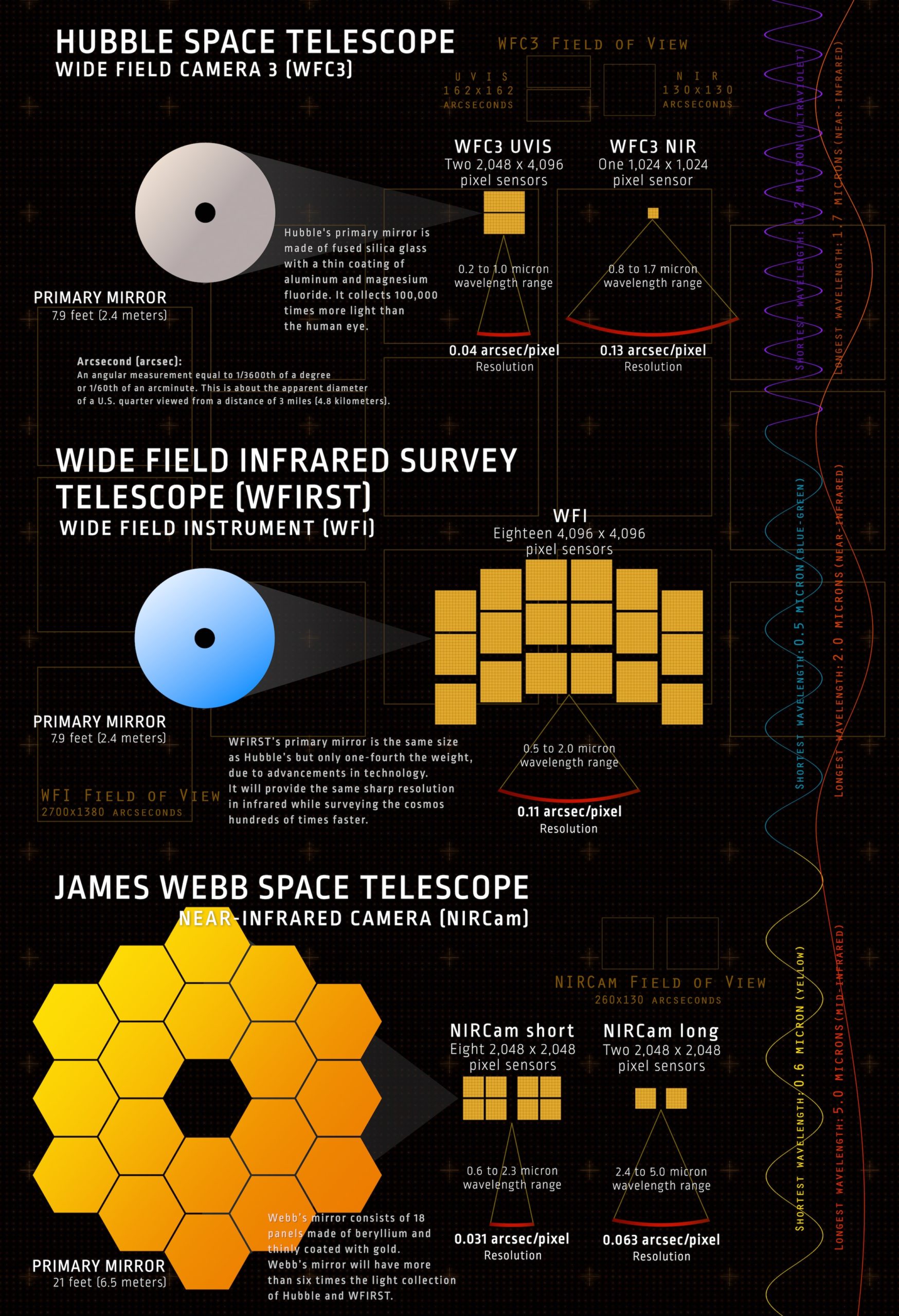
A seminal study in 2010 called New Worlds, New Horizons in Astronomy and Astrophysics, written by the U.S. National Research Council, laid out a blueprint for ground- and space-based astronomy and astrophysics for the decade of the 2010s. The Roman Space Telescope was rated as the top-priority large-scale mission.
The Roman Space Telescope will take the largest cosmic panoramas ever achieved so far, and as compared to Hubble, will study the universe in a new and unique way.
“WFIRST will enable incredible scientific progress on a broad range of topics, from stellar populations and distant planets to dark energy and the structure of galaxies,” said Ken Carpenter, the WFIRST ground system project scientist and Hubble operations project scientist at NASA’s Goddard Space Flight Center in Greenbelt, Maryland. “Hubble contributed tremendously to our understanding in these areas, but WFIRST will propel us forward by studying far more objects in the sky.”
How else do Hubble and Roman Space Telescope compare? Hubble adds to our picture of the universe in ways Roman Space Telescope can’t by using ultraviolet vision to capture high-resolution details, as well as providing more specialized features for in-depth study of the light emitted by individual objects. Roman Space Telescope, on the other hand, provides a more general capability in covering wide areas at visible and infrared wavelengths.
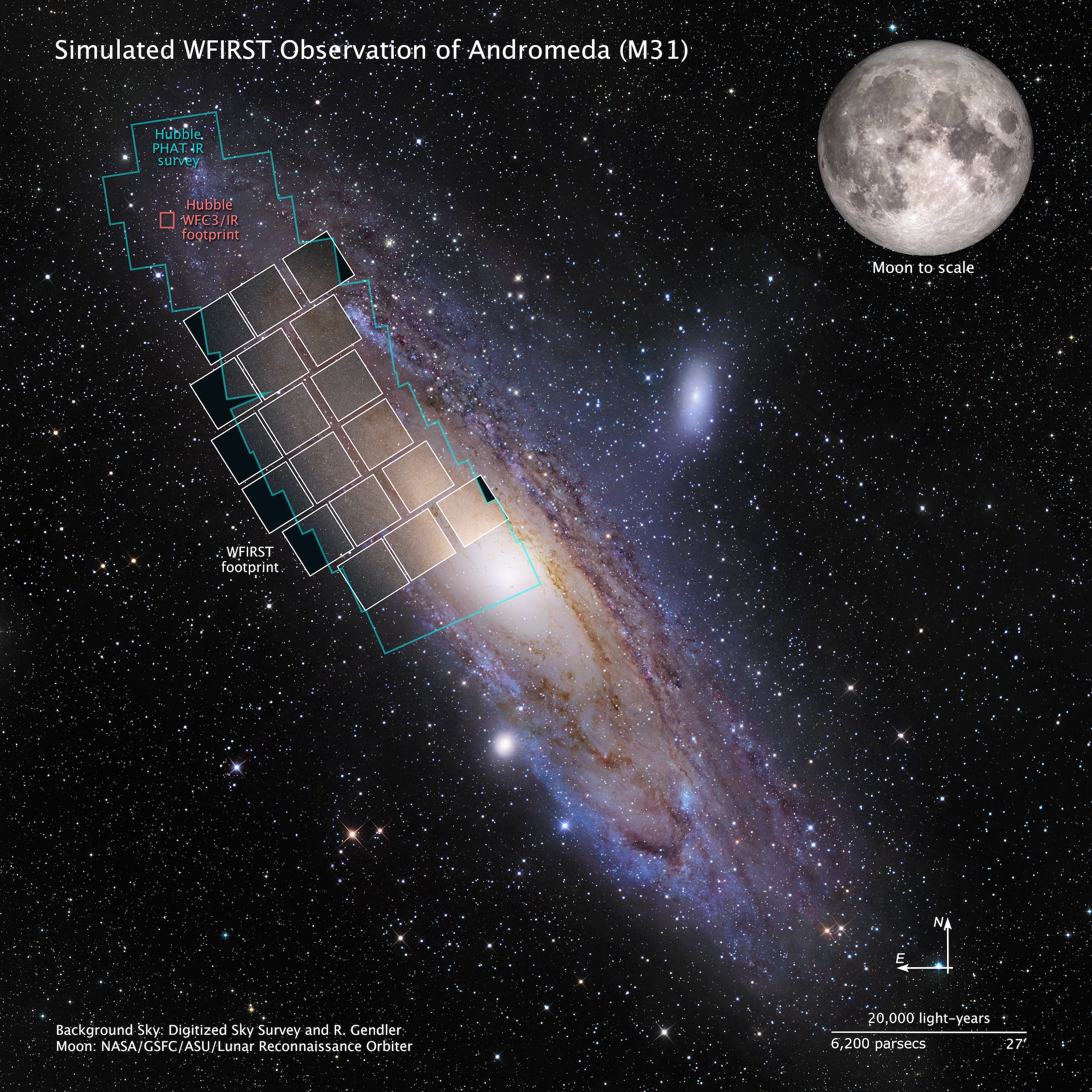
Roman Space Telescope will also image 50 times as much of the universe in five years, as Hubble has in 30. The image quality will be the same, making Roman Space Telescope the equivalent of 100 Hubbles in sync.
Roman Space Telescope will observe the universe in a wider range of infrared light than Hubble, while Hubble tends to focus on the infrared part of the spectrum.
As well as providing new insights about galaxies, stars, quasars and dark energy, Roman Space Telescope is expected to discover thousands of more exoplanets orbiting other stars, in addition to the over 4,000 already confirmed ones. It will further advance the capability of imaging some of these worlds directly, leading to the later imaging of Earth-sized worlds for the first time. It will also use “warped space-time” – small surges of radiance produced by a light-bending phenomenon called microlensing – to help in the discovery of new planets.
Nancy Grace Roman is credited with making the Hubble Space Telescope a reality. She was the person who set up a committee of astronomers and engineers to envision a space telescope that could accomplish what Hubble later did indeed accomplish. She was able to convince NASA and Congress that such a mission was a priority.
“Nancy Grace Roman was a leader and advocate whose dedication contributed to NASA seriously pursuing the field of astrophysics and taking it to new heights,” said Thomas Zurbuchen, NASA’s associate administrator for science. “Her name deserves a place in the heavens she studied and opened for so many.”
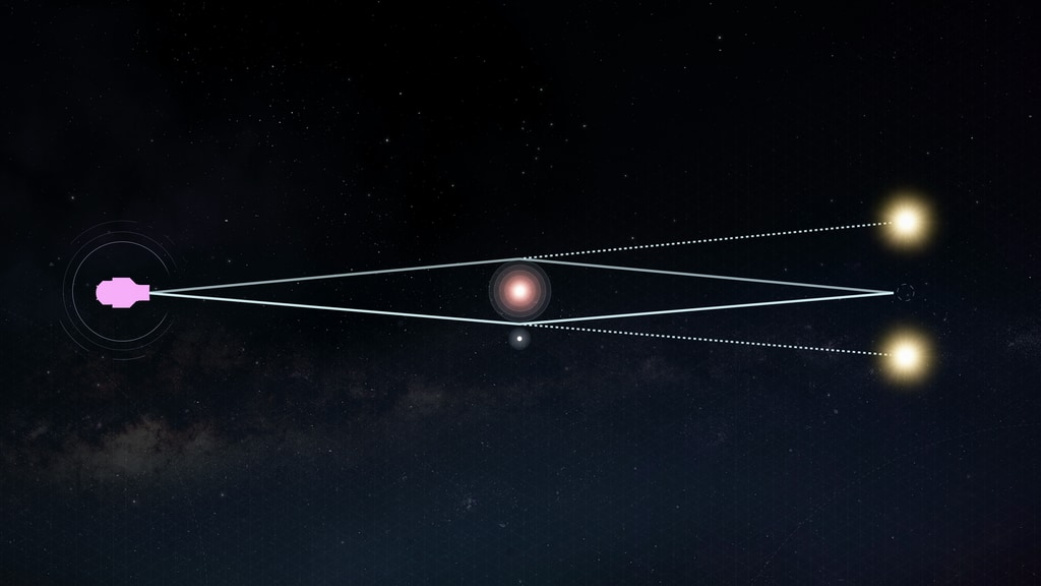
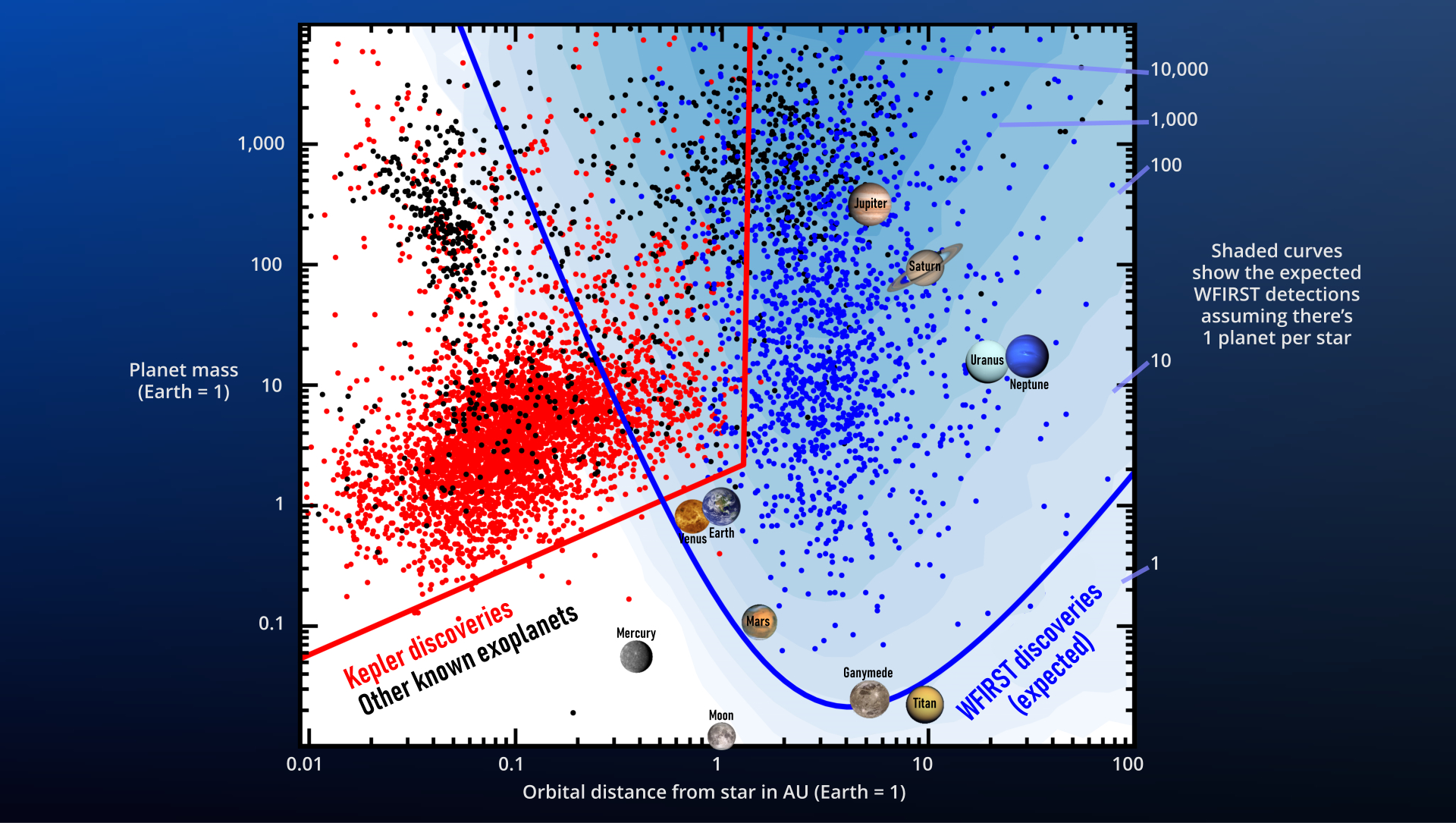
It was Ed Weiler, Hubble’s chief scientist until 1998, who called Roman “the mother of the Hubble Space Telescope.”
Roman, born on May 16, 1925 in Nashville, Tennessee, first came to NASA in 1959, only six months after the agency had been established. She died on Dec. 26, 2018, at the age of 93.
“I knew that taking on this responsibility would mean that I could no longer do research, but the challenge of formulating a program from scratch that I believed would influence astronomy for decades to come was too great to resist,” she said in a NASA interview in 2017.
Roman Space Telescope will take the next great leap in revealing the rich tapestry of our universe.
“WFIRST’s surveys don’t require that we know exactly where and when to look to make exciting discoveries — we won’t be limited to looking under the cosmic lamppost,” said Goddard’s Julie McEnery, the WFIRST deputy project scientist. “The mission will turn on the floodlights so we can explore the universe in a whole new way.”
More information about the Nancy Grace Roman Space Telescope is available on the mission website.
.
.
FOLLOW AmericaSpace on Facebook and Twitter!
.
.





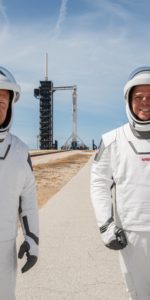
Oh wow did you hear about Elon Musk and Grime’s baby name? Its the weirdest name, X Æ A-12. From what I read though, they changed it to X Æ A xii. What the heck!? Same name I guess but without the numbers. Still weird.
Great information. Lucky me I came across
your site by accident (stumbleupon). I’ve book marked it for later!